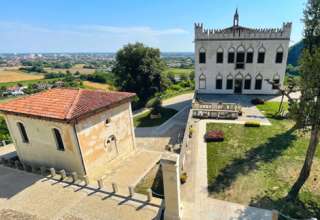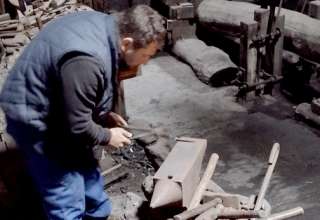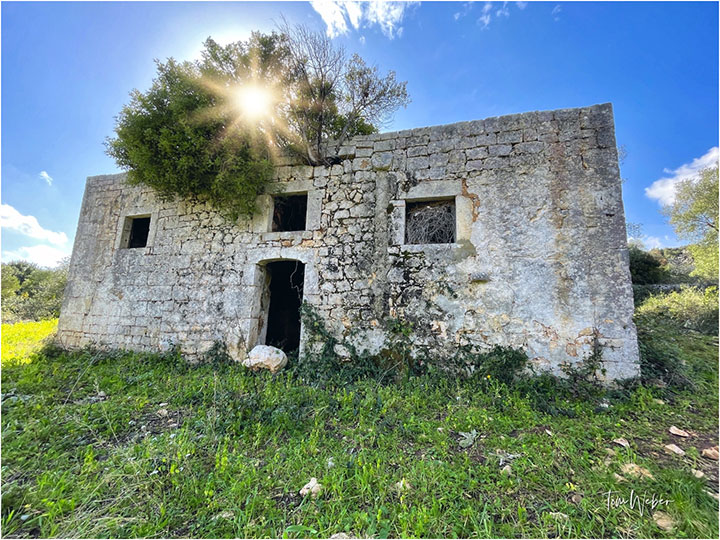
When I’m not in my wellies tending to our two-acre plot of olive trees, tucked inside the Valle d’Itria of the Alto Salento sub-region of Puglia in the southeastern reaches of Italy, I like to lace up my hiking boots, grab my camera and walking stick and head out on long, photo-shoot treks around my ‘hood.
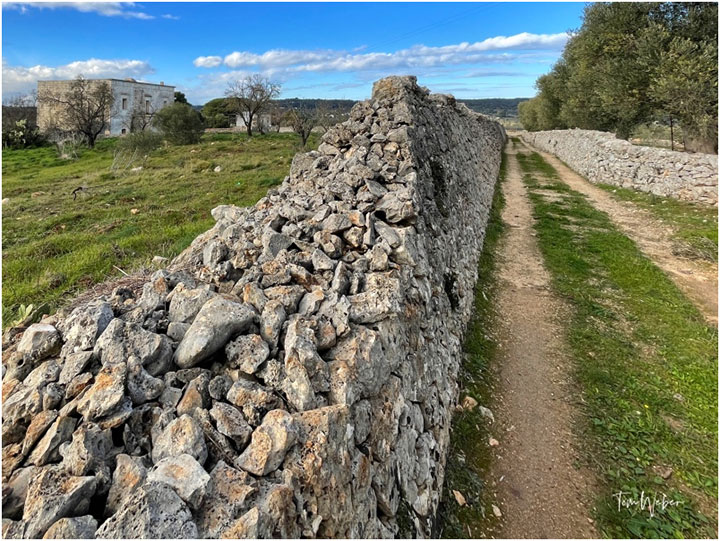
With an abundance of sunshine cascading down from the incredibly blue Pugliese sky, I’m blessed with picture-perfect weather as I go in search for abandoned abodes that pepper the landscape — those iconic, coned-shaped trulli and oval-roofed saraceni. On any given trek, I’ll come across at least a baker’s dozen of these dry-mortar, stone structures hiding in plain sight.
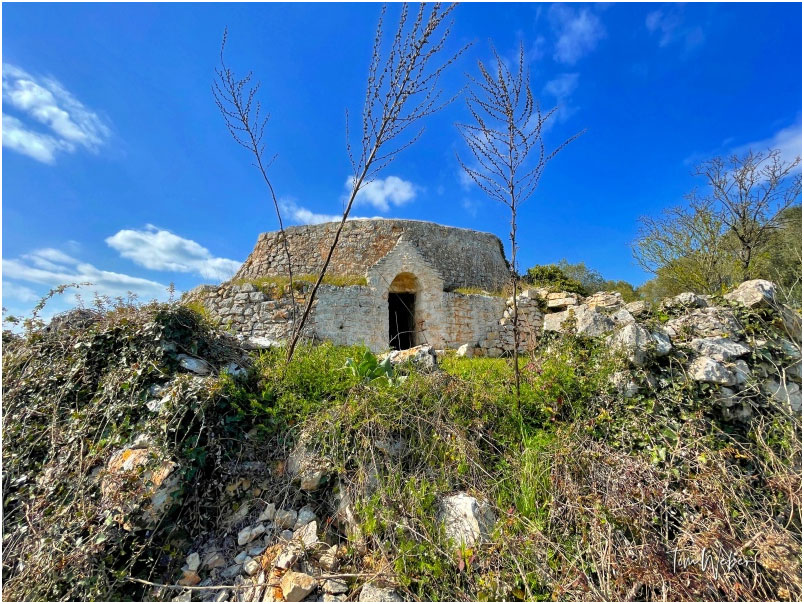
Whaddya say you lace ‘em up, grab a walking stick and tag along with me, virtually, as I go in search for more signature abodes of the Valle d’Itria that’ve been abandoned for centuries and left standing under the Pugliese blue.
